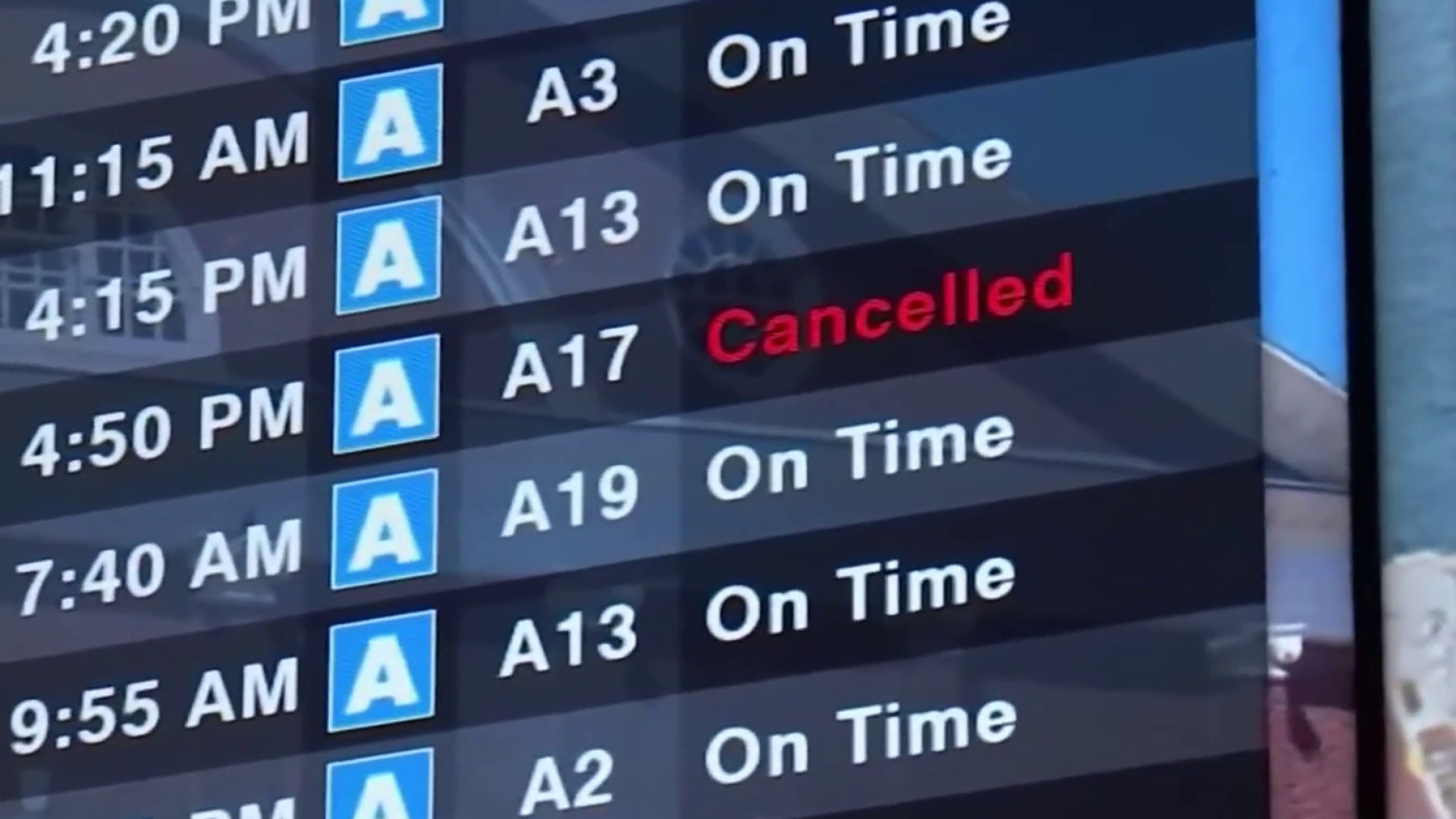More than $11 million in taxpayer money was used to purchase hospital equipment that has since gone missing from a Bay Area medical center, according to five years' worth of records obtained by the NBC Bay Area Investigative Unit.
The Santa Clara Valley Medical Center in San Jose, which includes clinics throughout Santa Clara County, listed 383 items as missing from 2010-2014 as part of an annual inventory process required by the county. In government documents obtained by the Investigative Unit, Valley Medical Center, the county hospital for Santa Clara, noted it was "unable to locate" the items and equipment, which included heart monitors, mammography machines and incubators for newborn babies. The original purchase for those items totaled more than $11.8 million, according to hospital records.
"First of all, I have to say that we take this very seriously," said Paul Lorenz, CEO for Santa Clara Valley Medical Center.
Valley Medical Center receives $1.2 billion in government funding, which account for about 83 percent of the hospital's annual operating budget.
Lorenz agreed to speak with the Investigative Unit in a joint interview with his supervisor, Jeff Smith, the County Executive in Santa Clara.
"We found that we really had a broken inventory system," Smith said.
When asked how he could justify the loss of equipment that cost taxpayers millions of dollars, Smith explained that the county, over 10 years of budget cuts, had eliminated the administrative structure that had been in place to perform an appropriate inventory of the hospital's items and equipment.
Local
"I am, as you are, and as your viewers are, concerned how much of that $11 million was really because something was misplaced, and how much of it was because of sloppy processes," Smith said.
The Investigative Unit asked Smith whether taxpayer dollars could have been wasted because of poor practices at the county hospital. Smith said he could not answer that question with certainty.
"Because we had a system that was not very accurate, we can't say that with 100 percent accuracy," Smith said. "So that's why we're concerned."
Lorenz said, while the hospital does buy additional equipment because of new technology or growth at the hospital, he cannot remember ever replacing a major piece of equipment because it went missing.
Smith said he believes some older items might have been thrown out or donated by medical center staff, who failed to follow protocol by filling out the necessary paperwork that would have notified the county that the items were disposed of properly.
"We don't have any evidence that there were issues of stealing of products or misplacing products in inappropriate areas, like somebody's home," Smith said.
However, Smith acknowledges he cannot be totally certain that items were not stolen, since the very reason the equipment is listed as "unable to locate" is because there are no records available to shed light on their location.
"That's part of the concern," Smith said.
Valley Medical Center estimates that, by the time some of the 383 items went missing, their value depreciated so much they were no longer worth anything. Six of the items on the "unable to locate" list date back to the 1960s - those are the oldest. Of all the items the hospital listed as "unable to locate" over the past five years, the Investigative Unit discovered that about half went missing within 10 years of when they were purchased.
The hospital's list of missing items also included a mobile medical van that the county purchased in 2001 for $26,252.24.
After the Investigative Unit started asking questions, the county said it found the van parked outside the hospital's Physical Rehabilitation Department about a week ago - one year after the van was first declared lost. In an email, a county spokesperson said, "paperwork about its location was not current...[the van] was not lost."
Lorenz also said the hospital found records that showed many of the other items that went missing over the past five years, which included cardiac monitors and a 1991 Ford Cargo Van, were actually properly sold or thrown out by the hospital because they were broken or no longer needed.
"I think I've been very clear that most of those items, if not all the items of more recent (sic), have been located," Lorenz said.
The Investigative Unit requested a list of those exact items, and discovered the county could only account for 29 pieces of equipment, which means 354 other items remain missing, and that lost equipment cost taxpayers $11.3 million.
"What I was struck by was that there was no consistency in the dollars that were missing year-to-year," said Jeff Goolsby, a certified account who has spent the last 18 years helping hospitals improve their inventory procedures.
Goolsby is based in Central Florida and has never worked in the Bay Area. To get his expert, unbiased opinion, the Investigative Unit showed him the obtained inventory records from Santa Clara Valley Medical Center.
"In years that were, in certain cases, double the previous year, that's certainly something that I would say warrants an investigation by senior management," Goolsby said.
The Investigative Unit obtained internal memos from 2009 that show county leaders knew the medical center had a "large amount" of missing items even back then, and provided Valley Medical Center "recommendations to improve controls." The 2009 memo noted that "VMC has agreed to implement" those recommendations and the county even promised that the list of missing items would "decrease substantially in the coming years." That memo was written six years ago, which means it was released before Valley Medical Center noted the hundreds of items that went missing over the past five years, which cost taxpayers over $11 million.
"Clearly the system was broken up until 2013," Smith said. "We have now embarked on a process to fix it. It's going to take some time to continue to fix it. And it's going to take more resources, more attention to detail on a day-to-day basis."
Two years ago, Valley Medical Center began attaching high-tech tags to its equipment, which allowed staff to track the location of items throughout the medical center campus. There are 2,784 pieces of equipment that are tagged, according to a spokesperson for the hospital. The medical center has since hired an "Asset Manager" to oversee the hospital's inventory process.
"That was critical in terms of accountability through the organization," Lorenz said. "We re-engineered the process to which we manage the items. One of the things that's really important in that process is to educate the managers and staff about the appropriate documentation that needs to be submitted to account for the items at any given point in that process. Many items, as you can imagine in the hospital, that go beyond their useful life, we have to dispose of it appropriately. It requires the correct documentation."
Lorenz said the hospital now does a quarterly review of its inventory, instead of annually, in hopes of reducing the number of missing items.
"We're down to 70 items on the current list and we expect that number to continue to drop," Lorenz said.
While the list of approximately 70 missing items for 2015 is down from the 162 missing items that were listed last year, the 2015 list still includes more missing items than were reported in 2013 and 2012.
"We can't say 100 percent that things weren't stolen or placed in locations that shouldn't have been," Smith said. "It's certainly possible and that's why we've been so vigorously working on changing the process."



